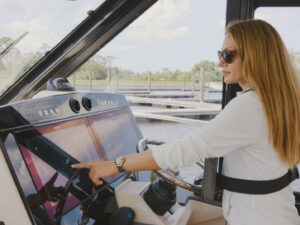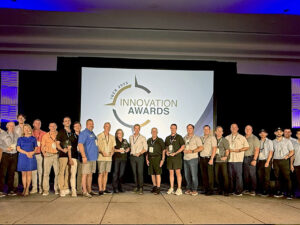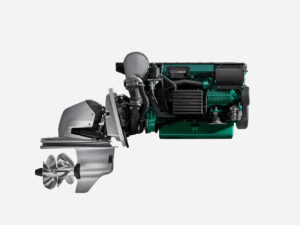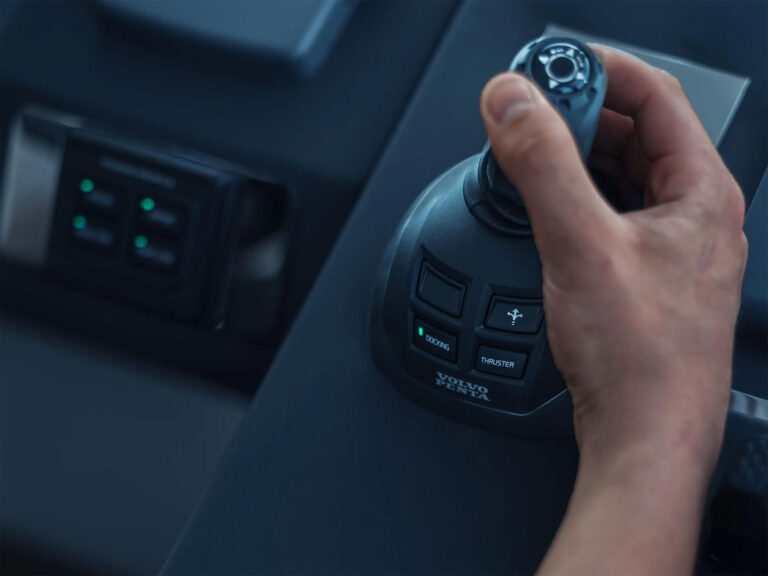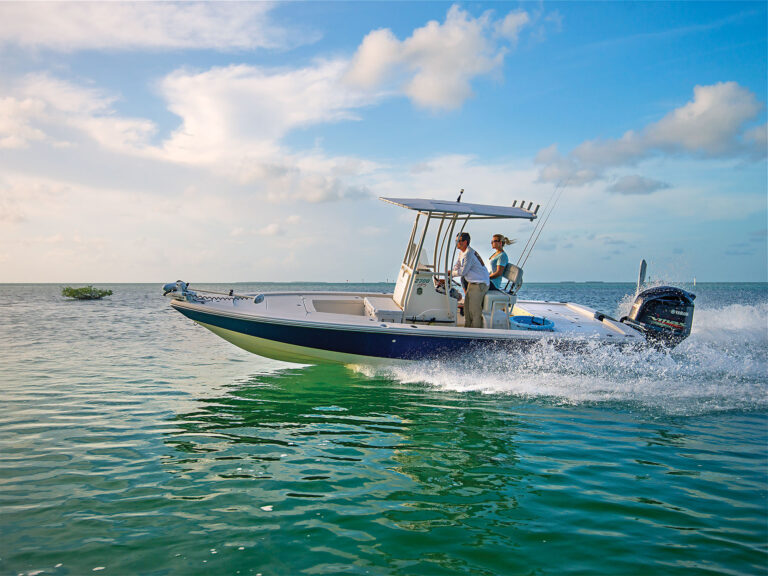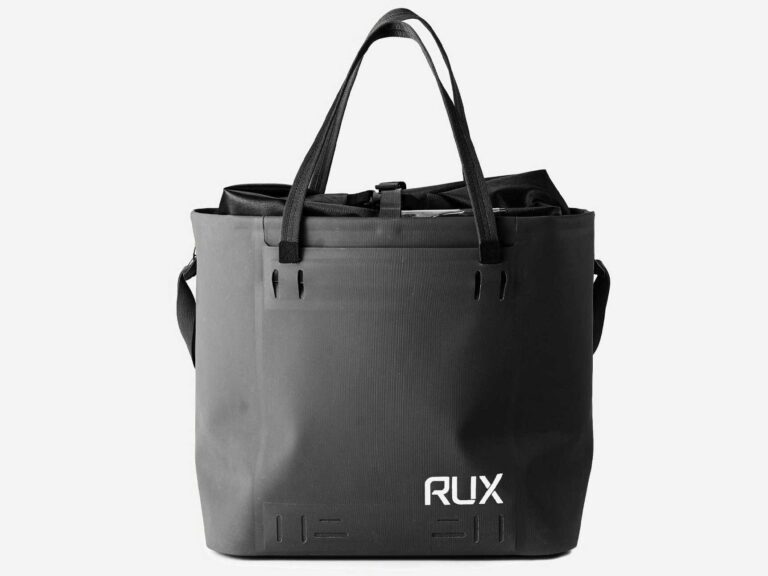
The problems with ethanol-gasoline blends such as E10 (10 percent ethanol) for marine engines are well-known. Yes, ethanol provides oxygen to help gasoline burn cleaner, which is good for our lungs, but it holds less energy than gas, attracts water to fuel tanks, and is corrosive to fuel lines and fittings. In higher concentrations like the 15 percent blend (E15) now available, it will void the warranty on most marine engines.
For the last five years, a group of marine manufacturers has been testing isobutanol, another form of alcohol that does not attract water or corrode fuel lines and boasts 30 percent higher energy density than ethanol. It can be distilled from the same plant sources that ethanol is made from.
Engineers from Evinrude have taken the lead along with others from Mercury Marine, Volvo Penta, Indmar, the National Marine Manufacturers Association, the American Boat and Yacht Council and the U.S. Department of Energy’s Argonne National Laboratory. The engineers from these organizations logged thousands of hours on the water testing isobutanol-blended gasoline in marine engines. At up to 16 percent, isobutanol-blended gas is now approved by the NMMA. The federal Environmental Protection Agency greenlighted butanol at 16 percent for off-road use and up to 12.5 percent (B12.5) for on-road use. Gulf Racing Fuels now markets a B12.5 blend as Gulf Marine 100 in select markets.

Isobutanol may be able to reduce exhaust emissions without the bad side effects of ethanol.
As part of Boating‘s continuing isobutanol coverage, we tested B12.5’s performance against that of E10. The first test was aboard First Light, my 1992 17-foot Boston Whaler Montauk, with its Mercury 60 four-stroke outboard with a BigFoot lower unit (now dubbed Command Thrust). The 60 BigFoot is a workhorse, happiest running 87-octane fuel through its EFI system. Test No. 2 was aboard a brand-new 24-foot Whaler Dauntless with a 300 hp Mercury Verado supercharged four-stroke outboard requiring 93-octane fuel for best performance. The Chesapeake Whalertowne Whaler dealership made the Dauntless available for testing.
Our fuels for the comparison were 93-octane E10 “pump gas” and 93-octane B12.5 Gulf Marine 100 fed from a remote tank. Fuel-flow measurements came from each engine’s Mercury SmartCraft gauge, with speeds measured by GPS as two-way averages. To make sure each engine was burning pure B12.5, we ran a gallon through it before taking numbers.
For First Light, the most obvious result of burning isobutanol fuel was the extra 300 rpm and 2.2 mph the Merc 60 turned at wide-open throttle (WOT). Perhaps more important was the approximately 8 percent better fuel efficiency with Gulf Marine 100 at the engine’s normal operating speeds of 4,000 to 4,500 rpm.
The Gulf Marine 100 isobutanol blend also squeezed extra WOT rpm from the Dauntless’ Verado, adding 200 turns and 1.4 mph. It delivered a fuel-efficiency edge, burning 1.8 gph (6 percent) less at 6,000 rpm. The extra Btu benefitted both rigs at higher rpm. Combined with resistance to phase separation and a kindlier contact with hoses and fittings, the extra juice helps make the case for the isobutanol blend over ethanol-laced gasoline.
Gulf Racing is actively working with Gulf-affiliated marinas in 2017. It’s a big change, requiring new logistics of blending and transport, plus cleaning out storage tanks, and it’s a marketing gamble, since B12.5 will cost more than E10, at least at first. Another question is how fast the isobutanol producers can ramp up production for the marine market. For more information about Gulf Marine 100, visit gulfracingfuels.com.

